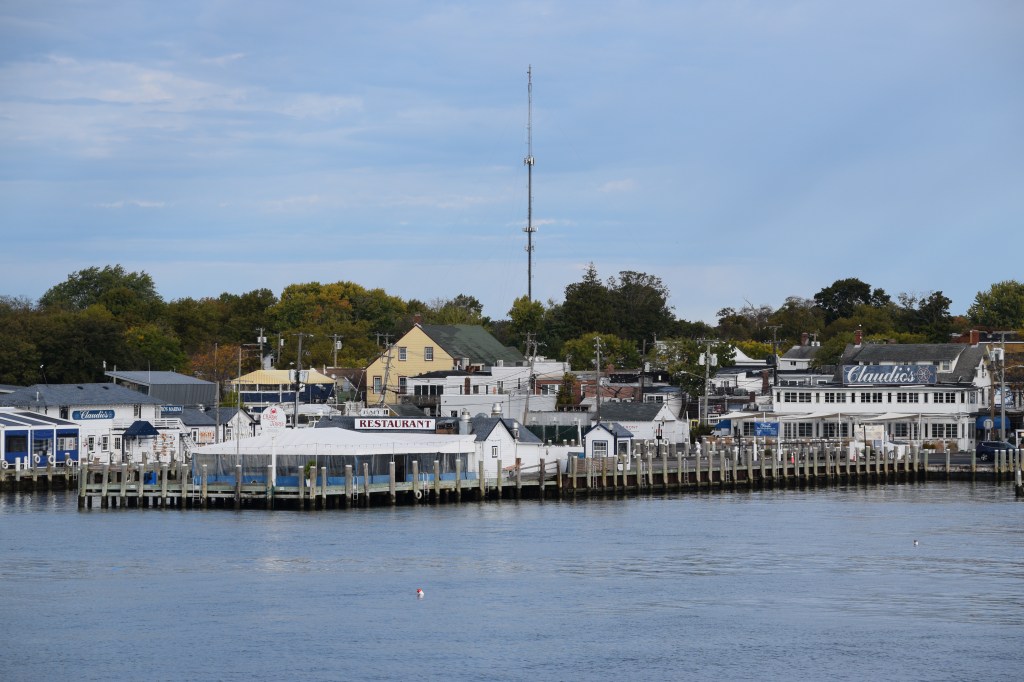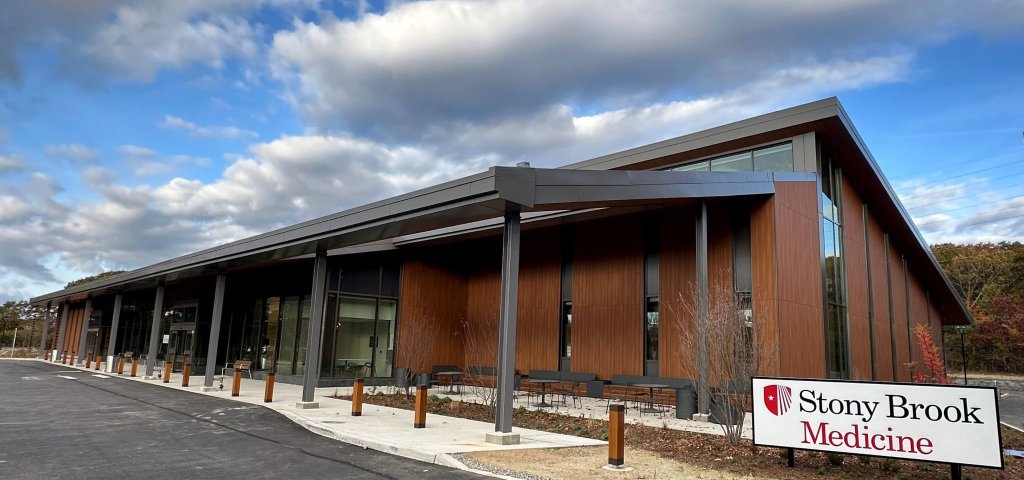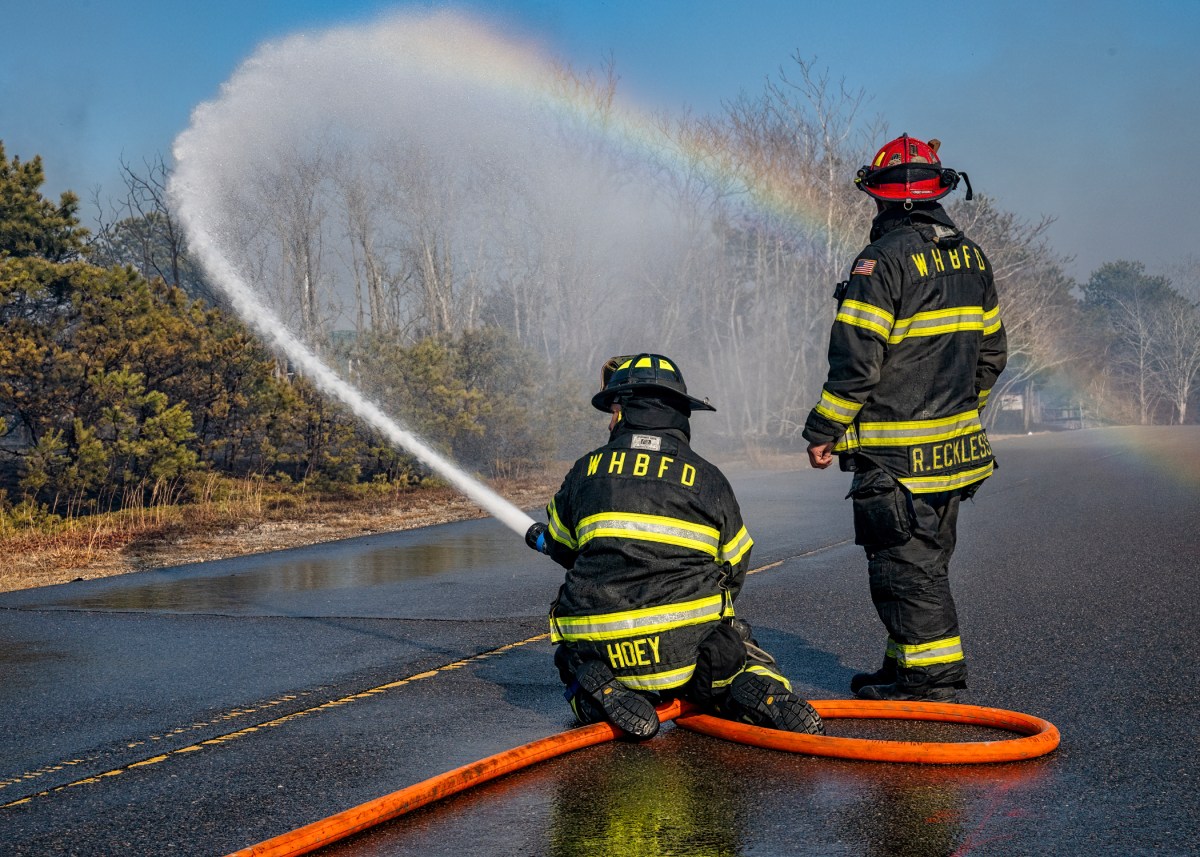Shinnecock Voices: Social Responsibility During Native American Heritage Month
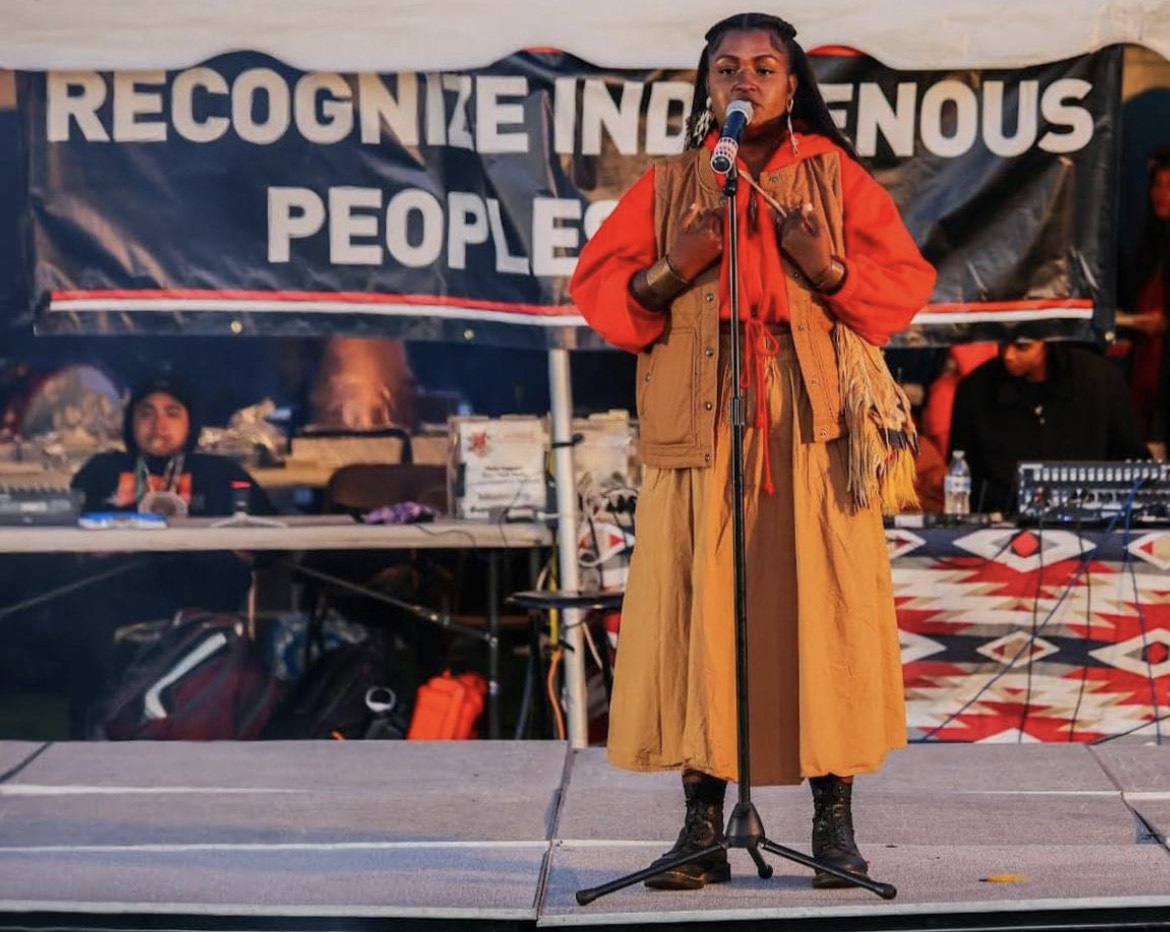
For many years protests and rallies spread throughout the country not only creating awareness but demanding justice and equality for Indigenous peoples during Indigenous Peoples’ Day and Native American Heritage Month.
This time of year has always been the most focused time on Indigenous peoples globally and Native Americans of North America. From the mistold story of Christopher Columbus, to cultural appropriation costumes during Halloween, to the continued erasure of our people that takes place during millions of Americans’ Thanksgiving dinners and school systems.
From Indigenous Peoples’ Day to the end of November, Indigenous peoples nationally celebrate, honor, advocate and gather to not only recognize their past, but to continue pushing forward despite the challenges. We are thriving!
After years of being met with great resistance for practicing our culture, 2022 shows that the consistency of our elders and ancestors has turned the hearts of society to begin to not only acknowledge who we are but form alliances with us as we continue to practice our culture.
This ranges from the grassroots level of volunteering time to help with events, to large global brands creating social equity programs that will help to bridge the wealth gap for Native Americans to gain access to resources to enter industries as well as shape the policies within each industry.
Each year Indigenous Peoples’ Day and Native American Heritage Month are celebrated and we see more allies joining in the celebration. This time of year is a time to educate many on our tribal sovereignty.
Tribal sovereignty can create complex working relationships, as each nation or tribe is independent of other nations and tribes, and should be approached as an independent government entity.
The concept of social equity deals with justice and fairness within social policy. Social equity includes not just equitable access to programs and services but the unhindered ability to engage in the political process. It also means equitable educational and economic opportunities.
To bridge the wealth gap we must be able to gain access to resources to enter industries as well as shape the policies within each industry.
The movement of #RepresentationMatters has inspired more Indigenous peoples to become more visible with who they are in all industries. It also has encouraged more brands to collaborate with Indigenous peoples for various social campaigns whether it’s for Indigenous Peoples’ Day, Native American Heritage Month or any other time.
Just to name a few brands that have celebrated Indigenous Peoples’ Day this past month were Patagonia, History Channel and Best Buy.
Vogue magazine tweeted, “Today is #IndigenousPeoplesDay, and there’s no better day to get to know a few Indigenous brands. Here, 16 striking pieces from Indigenous-owned brands.” It will be exciting to see what brands celebrate and honor Native American Heritage Month this year.
Today is #IndigenousPeoplesDay, and there’s no better day to get to know a few Indigenous brands. Here, 16 striking pieces from Indigenous-owned brands. https://t.co/onyr8SIQpV
— Vogue Magazine (@voguemagazine) October 12, 2020
Positive exposure to Indigenous-owned brands and founders opens the opportunity for the resources that have been withheld to finally come into the community. A circular economy in an oppressed community helps to provide solutions for the health disparities, strengthens families and provides a hopeful future to a community. As tribal communities, we have an inherent responsibility to the land and the water.
When our economies in our community can thrive, we can once again become better stewards of the land and water. Many of the protests and rallies over the years have been to not only recognize our existence, our governments, but to stand up for our environment. With grassroots organizations and global businesses amplifying these campaigns, more resources enter tribal communities that have been extracted from since the 1600s.
As independent government entities, our tribes still have to have relationships with non-tribal government entities. Although grassroots organizations and global brands can amplify the message and provide awareness to the movement of preserving the sacredness of Indigenous peoples, it takes non-tribal governments to recognize not only Indigenous Peoples’ Day, but the importance of giving equality to the original inhabitants of this land.
Local Indigenous peoples put their lives on the line for clean water, clear air and biodiversity of what is left on land not for their own tribes but for all of humanity. They do this without outside resources. As we enter Native American Heritage Month, it’s important to not only learn about the history of the local Indigenous peoples of where you live, but learn how you can be a part of the social responsibility opportunities that give back to people who fight for every aspect of their existence on a daily basis.
Here are a few suggested ways to celebrate Native American Heritage Month.
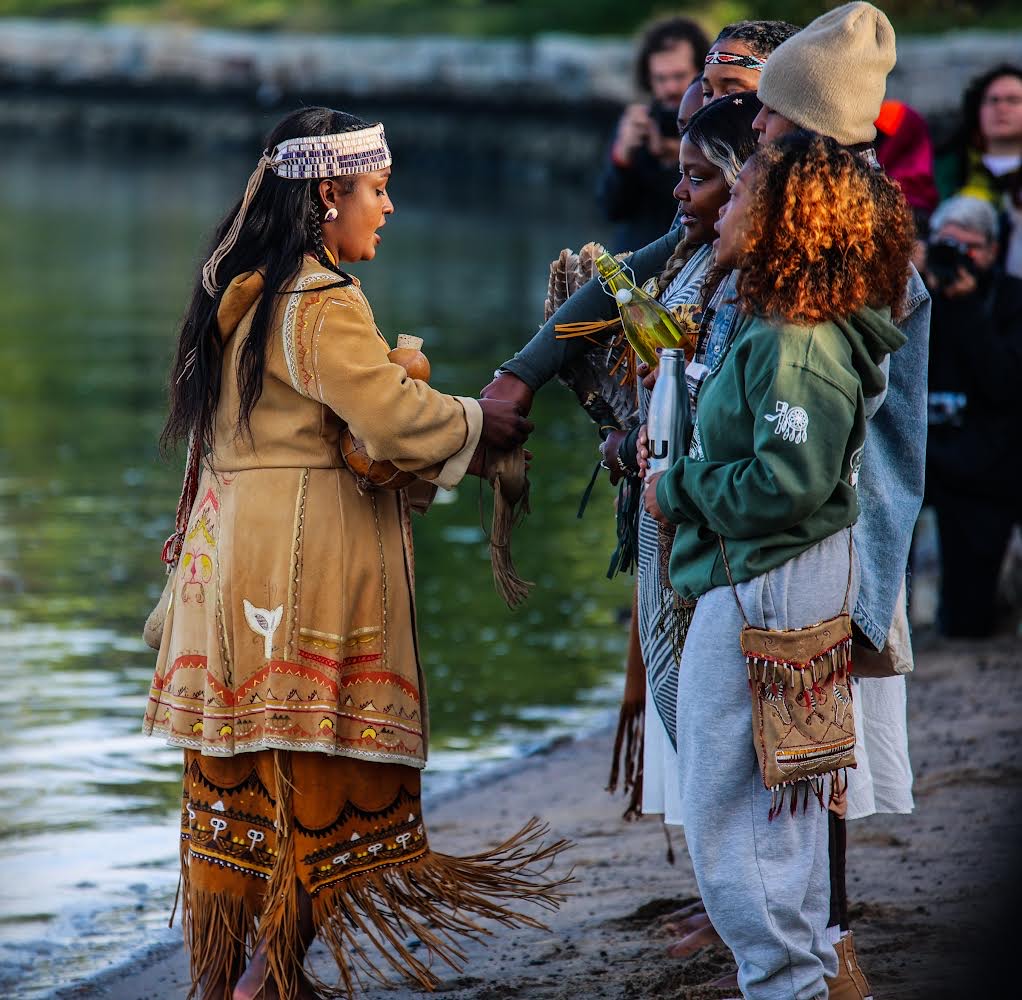
Ways to Celebrate Native American Heritage Month
Support the local Indigenous-led events happening in our area. Call on your representatives to recognize Indigenous Peoples’ Day. Invest in Native American entrepreneurs. Donate regularly to Indigenous-led campaigns and organizations. Visit moskehtuconsulting.com.
Shop Indigenous-created brands and support Indigenous-owned businesses. Follow Indigenous social media accounts to learn more about the culture and Indigenous rights (@netooeusqua, @shinnecockportraits, @warriorsofthesunrise, @onthesite, @moskehtuconsulting, @IPDNYC, @illuminative, @littlebeachharvest).
And check out these hashtags: #PreserveShinnecockHills, #MMIW,#StopLine3, #IPDNYC and #RecognizeIndigenousPeoplesDay.
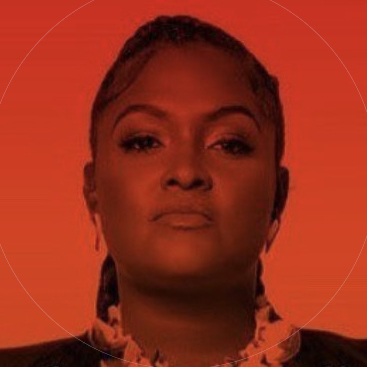
Chenae Bullock / Sagkompanau Mishoon Netooeusqua (Shinnecock) is an enrolled Shinnecock Indian Nation tribal member, descendant of the Montauk Tribe on Long Island and founder of Moskehtu Consulting. Chenae is a mogul, community leader, business leader, water protector, land defender, cultural preservationist and humanitarian.
“Shinnecock Voices” is a monthly column in which citizens of the Shinnecock Nation share stories and opinions and discuss the projects and campaigns they’re working on, to allow readers an inside view into their incredible community.
